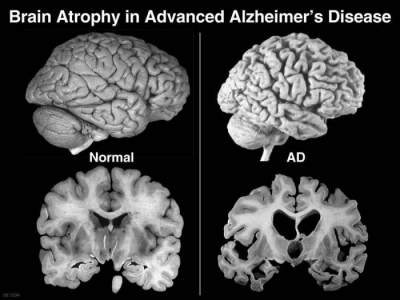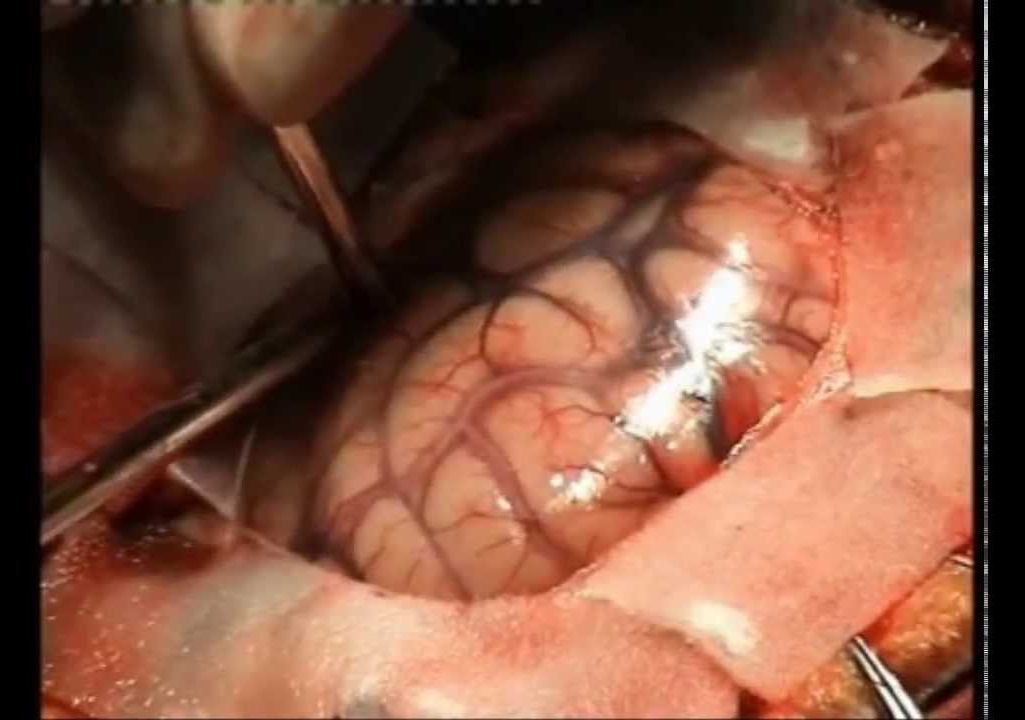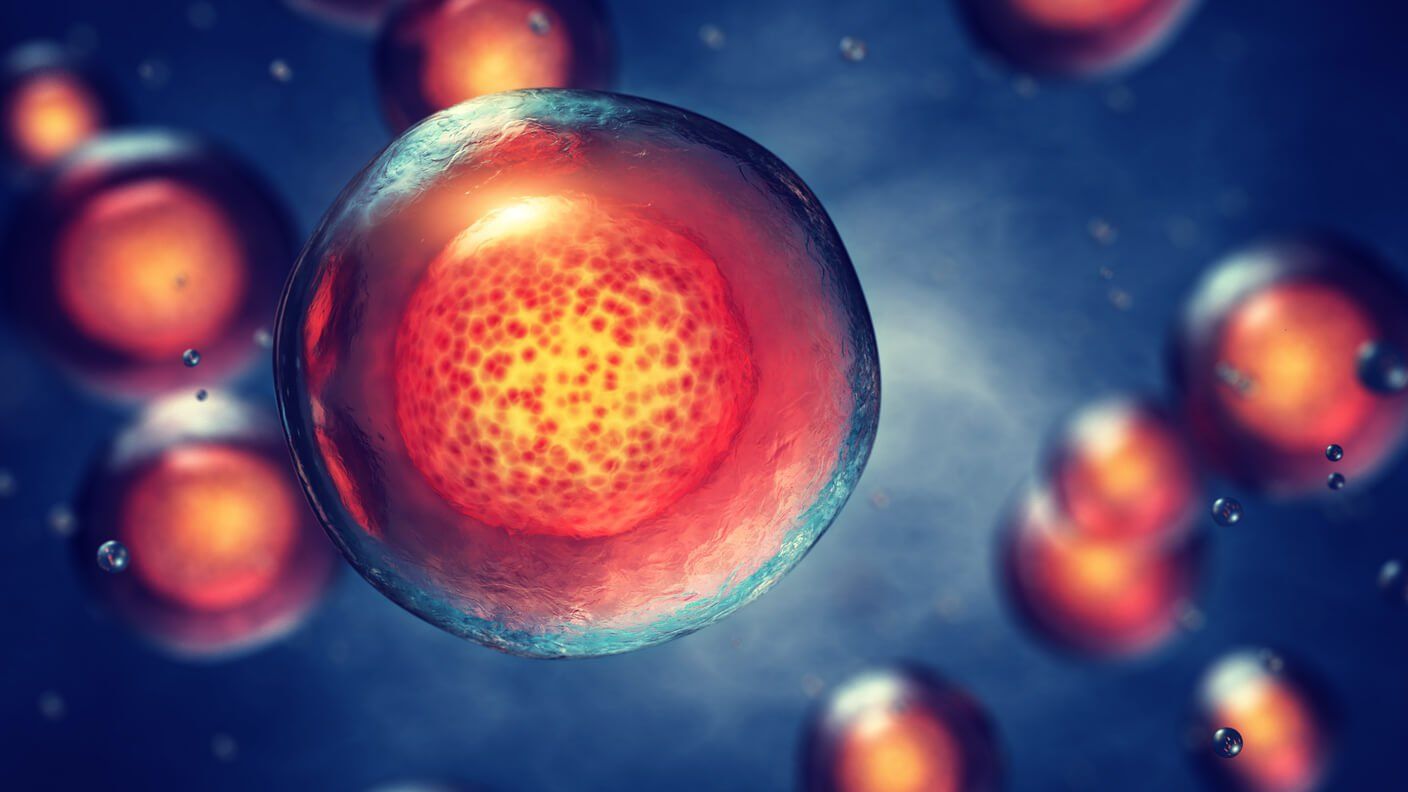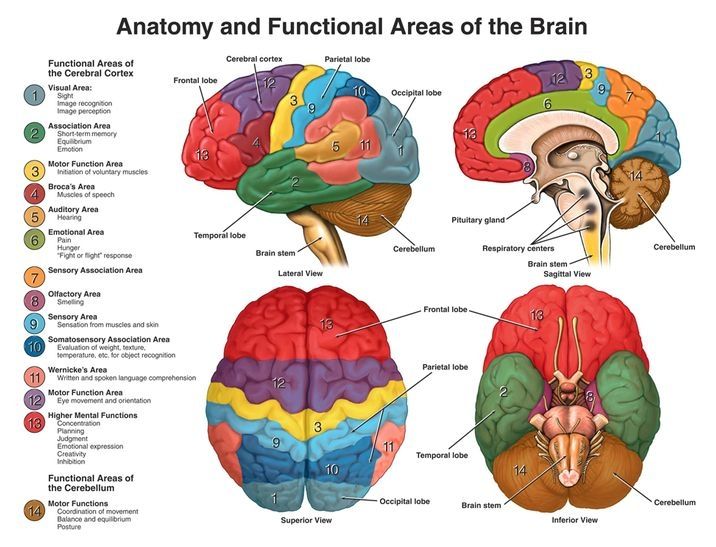Archive for the ‘neuroscience’ category: Page 850
Apr 12, 2017
Octopuses Can Edit Their Own DNA, Which Might Explain Their High Intelligence
Posted by Shailesh Prasad in categories: biotech/medical, evolution, genetics, neuroscience
Octopuses are so clever that they can ignore their genetic programming, in turn slowing down their DNA evolution.
Apr 12, 2017
Scientists Hacked a Cell’s DNA and Made a Biocomputer Out of It
Posted by Montie Adkins in categories: bioengineering, biotech/medical, computing, information science, neuroscience
“These re-engineered organisms will change our lives over the coming years, leading to cheaper drugs, ‘green’ means to fuel our cars and targeted therapies for attacking ‘superbugs’ and diseases, such as cancer,” wrote Drs. Ahmad Khalil and James Collins at Boston University, who were not involved in the study.
Our brains are often compared to computers, but in truth, the billions of cells in our bodies may be a better analogy. The squishy sacks of goop may seem a far cry from rigid chips and bundled wires, but cells are experts at taking inputs, running them through a complicated series of logic gates and producing the desired programmed output.
Take beta cells in the pancreas, which manufacture and store insulin. If they detect a large spike in blood sugar, then they release insulin; else they don’t. Each cell adheres to commands like these, allowing us—the organism—to operate normally.
Continue reading “Scientists Hacked a Cell’s DNA and Made a Biocomputer Out of It” »
Apr 12, 2017
Ahead of Elon Musk, this self-made millionaire already launched a company to merge your brain with computers
Posted by Alexander Rodionov in categories: computing, Elon Musk, neuroscience

https://youtube.com/watch?v=ySsv5-jSqss
Bryan Johnson launched Kernel to help humans to co-evolve with machines.
Apr 11, 2017
Reprogramming brain cells offers hope for Parkinson’s
Posted by Steve Hill in categories: biotech/medical, neuroscience
This week saw researchers announce a promising new approach to Parkinson’s by the use of cellular reprogramming. The team lead by Ernest Arenas used a cocktail of four transcription factors to reprogram support cells inside the brain.
The research team placed the reprogramming factors into a harmless type of lentivirus and injected them en masse into a Parkinson’s disease model mice. The viruses infected support cells in the brain known as astrocytes (a support cell that regulates the transmission of electrical impulses within the brain) which are present in large numbers. The lentiviruses delivered their four factor payload to the target cells changing them from astrocytes into dopamine producing neurons.
Within three weeks the first cells had been reprogrammed and could be detected, and after fifteen weeks there were abundant numbers of dopamine producing neurons present. This is good news indeed as it also confirms that once reprogrammed the cells remain changed and stable and do not revert back into astrocytes.
Continue reading “Reprogramming brain cells offers hope for Parkinson’s” »
Apr 10, 2017
Predicting the optimal brain computer interface of the future
Posted by Montie Adkins in categories: computing, information science, neuroscience
Interesting link within concerning an injectable interface.
To be able to design a device that measures brain activity an understanding of the brains function is required. This section gives a high-level overview of some of the key elements of brain function. Human brains contain approximately 80 billion neurons, these neurons are interconnected with 7,000 synaptic connections each (on average). The combination of neurons firing and their communication is, in very simple terms the basis of all thoughts conscious and subconscious. Logically if the activity of these neurons and their connections were read in real-time, a sufficiently intelligent algorithm could understand all thoughts present. Similarly, if an input could be given at this level of granularity new thoughts could be implanted.
All human brains abide by the general structure shown in the picture below, certain areas, by and large do certain things. If higher levels of thoughts like creativity, idea generation and concentration want to be read, the frontal lobe is the place to look. If emotions and short-term memory are the target, the temporal lobe is the place to read from.
Continue reading “Predicting the optimal brain computer interface of the future” »
Apr 9, 2017
These Species Can Recode Their Own Genetics
Posted by Aleksandar Vukovic in categories: bioengineering, biotech/medical, genetics, neuroscience
Technically, an animal could use RNA editing to change the nature of its proteins without completely altering the underlying DNA instructions. This makes the cephalopods’ ability to do it a very interesting phenomenon, but it’s unclear as to why the species requires this much RNA editing. Many of the edited proteins were found in the animals’ brains, which is why scientists think the editing and their brainpower could be linked.
More than any other species on earth, octopuses are particularly smart—they can solve puzzles, use tools, and communicate using color. Now scientists are saying they’re also capable of editing their RNA.
A team of scientists led by Joshua Rosenthal at the Marine Biological Laboratory and Noa Liscovitch-Braur and Eli Eisenberg at Tel Aviv University have discovered that octopuses and squid are capable of a type of genetic alteration called RNA editing. The process is rare among other species, leading scientists to believe that the cephalopods have evolved to follow a special kind of gene recoding.
Continue reading “These Species Can Recode Their Own Genetics” »
We’ve developed an unsupervised system which learns an excellent representation of sentiment, despite being trained only to predict the next character in the text of Amazon reviews.
A linear model using this representation achieves state-of-the-art sentiment analysis accuracy on a small but extensively-studied dataset, the Stanford Sentiment Treebank (we get 91.8% accuracy versus the previous best of 90.2%), and can match the performance of previous supervised systems using 30-100x fewer labeled examples. Our representation also contains a distinct “sentiment neuron” which contains almost all of the sentiment signal.
Apr 6, 2017
The future of the Earth through the eyes of futurists. Photo
Posted by Zoltan Istvan in categories: bioengineering, biotech/medical, computing, genetics, neuroscience, transhumanism

Transhumanism stuff out in these stories: http://z-news.link/the-future-of-the-earth-through-the-eyes-of-futurists-photo/ & http://yemcentral.com/2017/03/29/would-robots-make-better-po…an-humans/ & https://player.fm/series/lions-of-liberty-podcast/287-zoltan…nd-liberty
Futurism, or more precisely, futurology, is the study of possible hypotheses, probable and preferred options for the future. To understand what futurists predict in the improvement of the human condition, consider the progress happening in the field of science, medicine and computing.
Continue reading “The future of the Earth through the eyes of futurists. Photo” »















